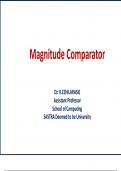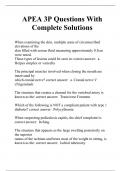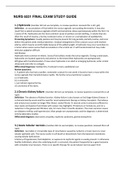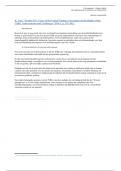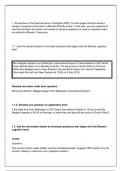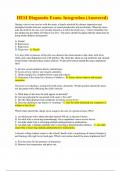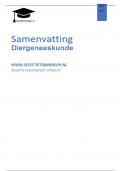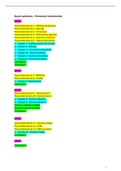Exam (elaborations)
TMN3702 Assignment 3 2024 | Due 5 July 2024
- Institution
- University Of South Africa (Unisa)
QUESTION 1 1.1 What aspects should a home language teacher keep in mind when teaching a home language to intermediate phase (IP) learners in a multicultural context? (20) 1.2 What opportunities and challenges do you think you are likely to face as a home language teacher in South Africa and ho...
[Show more]




